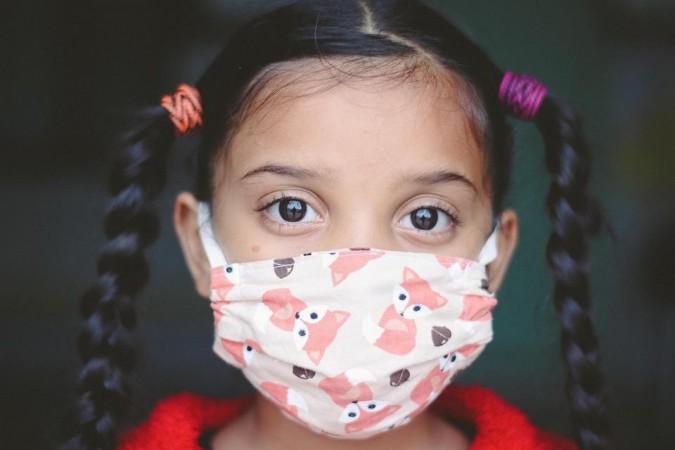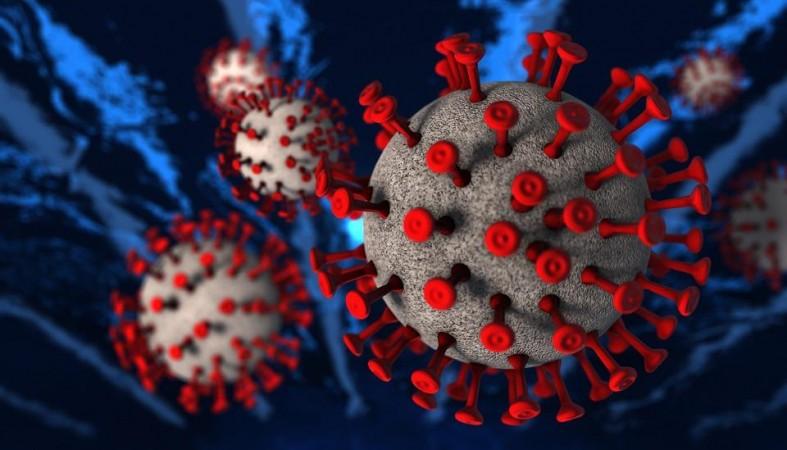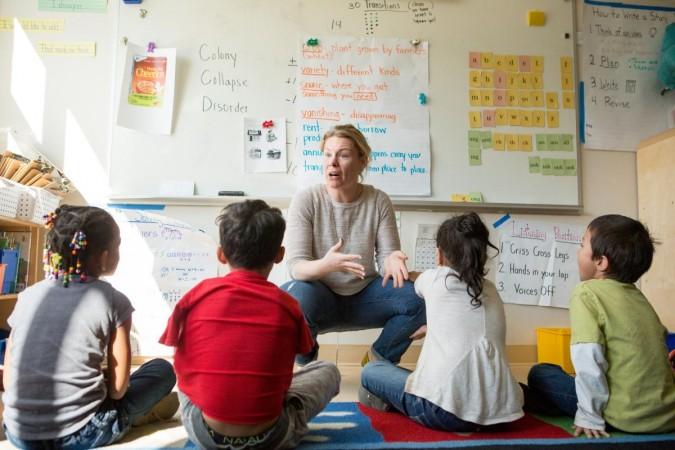With the onset of the COVID-19 pandemic, the impact of the SARS-CoV-2 virus on different vulnerable groups received extensive attention. Right from testing for the infection to inoculation against it, high-risk groups such as the elderly were given the first preference.
However, one group remained low in the order of priority: children. Now, a new study has reported that infected children can also carry high levels of live and replicating SARS-CoV-2 in their respiratory secretions.
A new multi-institutional study has stated that there is no correlation between the severity of disease and viral load in pediatric cases of COVID-19. The researchers also found that the levels of live and infectious virus were the highest in the first few days of the illness in children. Importantly, the viral loads in sick children were similar to those observed in hospitalized adults with COVID-19.
"Symptomatic and asymptomatic children can carry high quantities of live, replicating SARS-CoV-2, creating a potential reservoir for transmission and evolution of genetic variants," wrote the authors. The findings were published in the Journal of Infectious Disease.
Children and COVID-19

For the study, the team analyzed samples from 110 children with COVID-19 who presented to Massachusetts General Hospital urgent care clinics or the hospital. The median age was 10 years (range of two weeks to 21 years of age). Respiratory swabs were obtained from these children and their viral load was quantified using RT-PCR (real-time reverse transcription-polymerase chain reaction). The viral culture was examined through direct observation of cytopathic effects and semiquantitative viral titers.
Also, correlations with age, duration of symptoms, and severity of disease were investigated. The whole-genome sequences of the SARS-CoV-2 virus were compared to sequences of the strains that were circulating at the time of the study.
The researchers learnt that children, much like adults, were capable of harboring high levels of live and replicating SARS-CoV-2 virus in their respiratory secretions. They also showed that these increased levels of the pathogen corresponded with live and infectious virus.

"There had been the question about whether the high viral load in children correlated with the live virus. We've been able to provide a definitive answer that these high viral loads are infectious," said Dr. Lael Yonker, co-first author of the study, in a statement.
No Correlation between Viral Load and Severity
It was noted that age had no impact on the viral load. COVID-positive children were most infectious during the first five days of illness. This was consistent in both symptomatic and asymptomatic pediatric cases. An interesting finding was that the severity of the disease in the children did not correlate with elevated viral load.
65 percent (72) of the children with COVID-19 did not require hospitalization. 33 percent (36) were hospitalized. While only 16 percent (18, termed 'moderate/severe COVID-19') of COVID-positive children needed supplemental oxygen and/or invasive or non-invasive respiratory assistance.

Surprisingly, children with mild cases of the disease and those who were asymptomatic, had considerably higher viral loads than hospitalized adults with COVID-19 with comparable duration of symptoms (less than 10 days). Nevertheless, no differences were observed in viral loads between pediatric patients admitted to the hospital with moderate/severe COVID-19 and hospitalized adults during similar duration of illness.
However, concerns surrounding viral load in children, and its impact on them and others around them, continue to remain. "Children can carry the virus and infect other people," stated Dr. Yonker. Pointing to the emergence of new variants of the novel coronavirus, some more deadly than the others, she averred that infected children can serve as potential "reservoirs" for the evolution of new variants. Dr. Yonker added that they are potential spreaders of current variants as well.
The sequences of the SARS-CoV-2 virus were representative of those found within the community and novel variants were discerned. The variants identified in the pediatric samples included four Alpha (B.1.1.7) and three lota (B.1.526.2) variants.

"Kids with COVID-19, even if asymptomatic, are infectious and can harbor SARS-CoV-2 variants. Variants could potentially impact both the severity of the disease and the efficacy of vaccines, as we are seeing with the Delta variant. When we cultured the live virus, we found a wide variety of genetic variants. New variants have the potential to be more contagious and also make kids sicker," Dr. Yonker emphasized.
Need for Preventive Measures
With regard to comparable viral loads in children and adults with COVID-19, the Centers for Disease Control and Prevention (CDC), had already stated that children "likely have similar viral loads in their nasopharynx, similar secondary infection rates, and can spread the virus to others."

With students returning to classrooms across the world, the findings of the research dispel some of the misconceptions surrounding COVID-19 and children. This particularly includes the one that they are less infectious.
The research also brings to fore the need to stringently follow safety guidelines in order to prevent outbreaks among children and minimize the risk of them transmitting the infection to others. "The implications of this study show that masking and other public health measures are needed for everyone—children, adolescents and adults—to get us out of this pandemic," stressed Dr. Yonker.
For Dr. Yonker, creating awareness about pediatric COVID-19 and implementation of wider testing among children are two key future aspirations. "To develop effective public health policies, we need data-driven public health guidance. Kids are an essential component of beating the COVID-19 pandemic, and we must learn more about how they are affected and interact with others," she concluded.

















